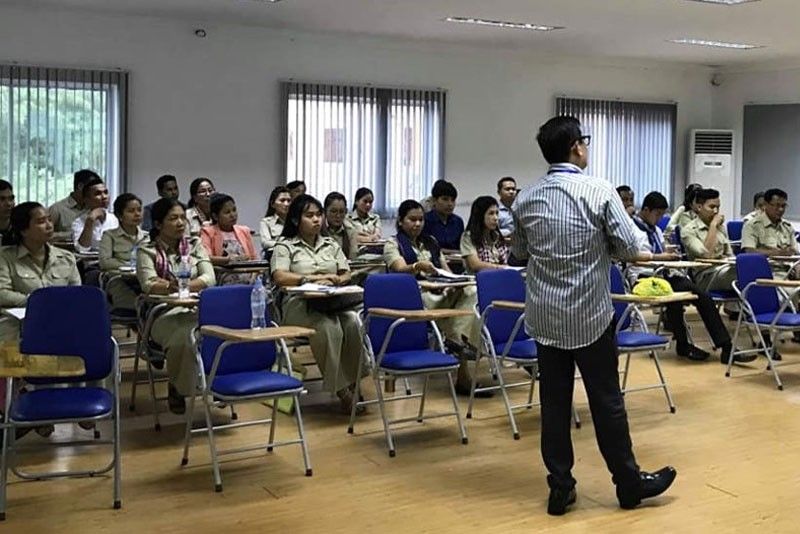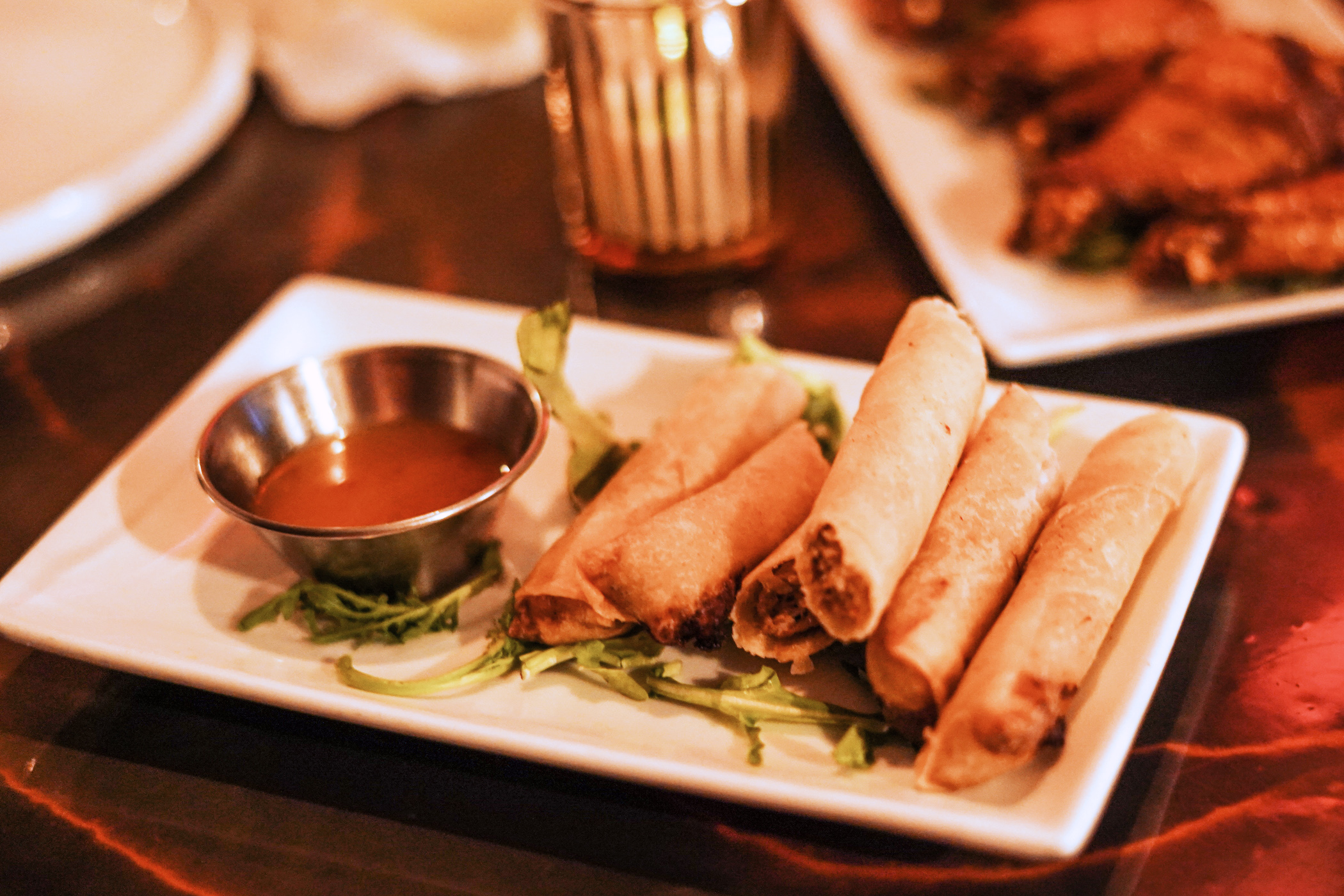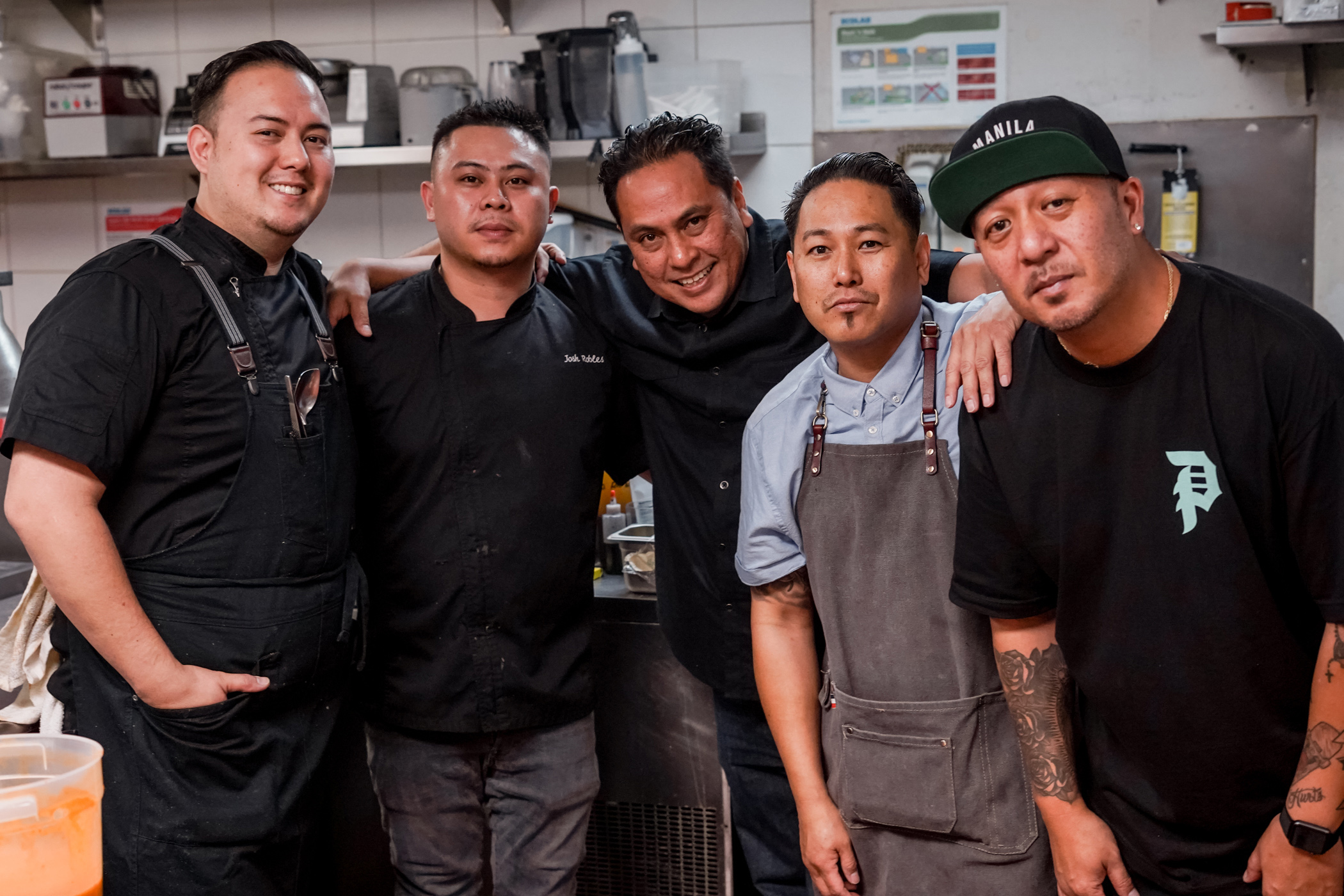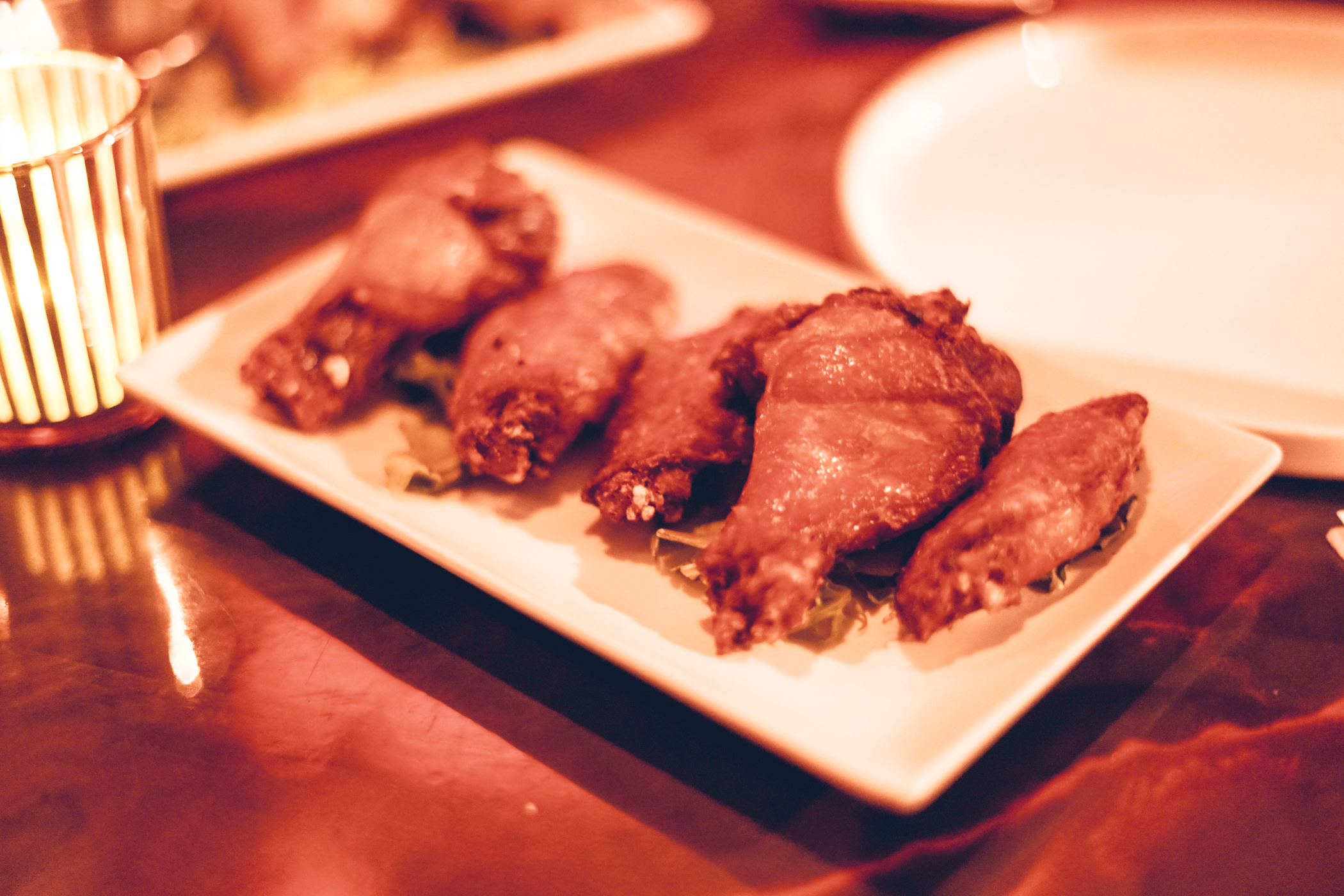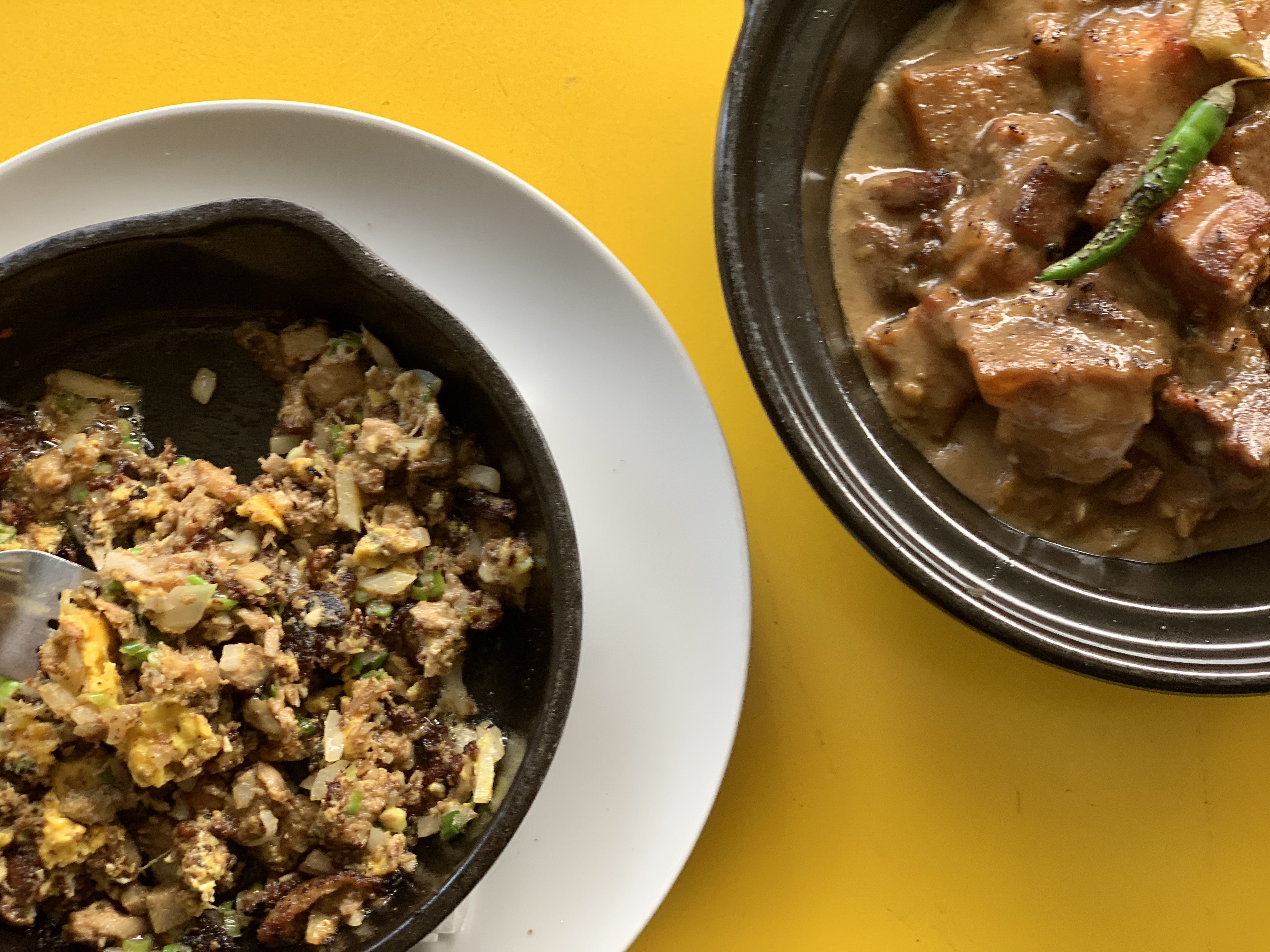PHL improves ranking in WEF tourism index
Cai Ordinario
Business Mirror
05 September 2019
"The Philippines was considered the most improved when it comes to Ground and Port Infrastructure in Asia and the Pacific. WEF also regarded the Philippines as the most improved in terms of its overall performance in the region."
BETTER ground and port infrastructure allowed the Philippines to improve its performance in the 2019 edition of the World Economic Forum’s (WEF) Travel & Tourism Competitiveness Index.
Cai Ordinario
Business Mirror
05 September 2019
"The Philippines was considered the most improved when it comes to Ground and Port Infrastructure in Asia and the Pacific. WEF also regarded the Philippines as the most improved in terms of its overall performance in the region."
BETTER ground and port infrastructure allowed the Philippines to improve its performance in the 2019 edition of the World Economic Forum’s (WEF) Travel & Tourism Competitiveness Index.
 |
| Local tourists enjoy the clean waters in Siargao, one of the country’s top tourist attractions. (BUSINESSMIRROR FILE PHOTO) |
In the 2019 Travel & Tourism Competitiveness Report (TTCR), WEF said
the Philippines now ranks 75th out of 140 countries with a score of 3.8 in the
index. The overall scores range from 1 to 7, with 1 being the lowest and 7
being the highest.
The Philippines was
considered the most improved when it comes to Ground and Port Infrastructure in
Asia and the Pacific. WEF also regarded the Philippines as the most improved in
terms of its overall performance in the region.
“The Philippines had
the fastest rate of improvement, moving up four places to rank 75th globally.
The country showed impressive improvement on overall infrastructure [90th to
80th] and ICT [information and communications technology] readiness [86th to
82nd], but still faces challenges when it comes to safety and security
[135th],” the report read.
The TTCI is measured based on a country’s performance
in enabling environment; travel and tourism policy and enabling conditions;
infrastructure; and natural and cultural resources.
The Philippines
ranked the highest in terms of natural and cultural resources at 46th with a
score of 2.8, followed by travel and tourism policy and enabling conditions,
53rd with a score of 4.6.
The country
ranked 80th in infrastructure with a score of 3.2 and ranked 93rd in enabling
environment with a score of 4.4.
WEF said the
Philippines posted its highest ranking for Price Competitiveness at 24th
overall, followed by natural resources at 36th and human resources and labor
market, 37th out of 140 countries.
The report
stated that the Philippines ranked the lowest in terms of safety and security
at 135th; followed by health and hygiene, 94th; and ground and port
infrastructure.
“With travel
barriers and travel costs declining, many countries have been significantly
increasing their competitive position in global tourism,” said WEF Head of
Mobility Christoph Wolff.
“Countries can
leverage this opportunity to generate economic and development returns, but
they must address gaps in infrastructure and environmental protection to make
sure these returns can be achieved over the long term,” Wolff added. WEF said
the travel and tourism sector remains resilient in the face of challenges. The
sector recorded around 1.4 billion global tourist arrivals in 2018, beating
expectations.
However, WEF
warned that cheaper travel costs and fewer tourist barriers are placing the
infrastructure of travel hot spots under pressure to meet demand.
The report also
said emerging travel markets may already start to feel over-tourism pressures
as their institutions keep up with rising demand.
“The top 25
percent of countries account for over two-thirds of arrivals. This combination
of concentration of tourist arrivals and rapid travel growth is putting a
strain on travel hot spots, despite relatively high infrastructure and travel
services scores,” WEF said.
In this year’s
index, Spain held the top spot followed by France, Germany, and Japan, with the
United States replacing the United Kingdom in the top 5.
Among the top
10 countries, the UK was the only country to fall in the rankings. It now sits
under the increasingly competitive United States at spot 6, due to a decline in
online searches for its natural and cultural resources, and a weaker business
environment.




